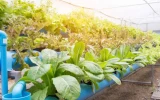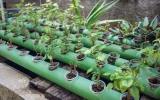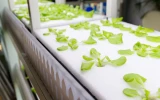The 13 Most Profitable Aquaponics Crops (Highest Margins)
With the rising demand for sustainably cultivated produce, aquaponics offers a special chance to grow crops that yield high profit margins. When you choose which plants to raise in aquaponics, they should align with your goal. If your goal is to sell your crops, here are 13 of the most profitable aquaponics crops that you can start growing now.
Crops with the highest turnover rate in aquaponics include basil, lettuce, arugula, cherry tomatoes, radish, spinach, kale, watercress, chives, cilantro, ginseng, strawberry, and cabbage. These crops require minimal input when it comes to space, energy, and supplements, yet they give off great yields.
Aquaponics-grown crops are more productive compared to soil-grown crops because they can be grown all year round. Let's explore more of the characteristics of these plants which make them the most profitable.
Summary
- Some of the most profitable aquaponics crops are basil, arugula, cherry tomatoes, radish, spinach, kale, watercress, chives, cilantro, ginseng, strawberry, and cabbage.
- The most profitable crops for aquaponics only require minimal space, energy, and supplementary nutrients, yet, give a good yield.
- Some of the most profitable crops grow better in aquaponics than in soil.

On this page:
13 Aquaponics Crops with the Highest Turnover Rates
Aquaponics can guarantee good profit returns when you choose the right set of crops to plant in your aquaponics system along with your fish. While there are plenty of plants that can grow in aquaponics, some growers have experienced planting the worst types of aquaponics plants, which caused them big investment losses.
To help you avoid such a mistake, we have listed below 13 of the most profitable aquaponics plants that you may want to consider growing.
1. Basil sells tenfold from its initial cost
For starters, one pound of basil sells for $10, and the production cost for a pound of basil in an aquaponics setting is only $0.75. Therefore, the mass cultivation of basil is highly profitable.
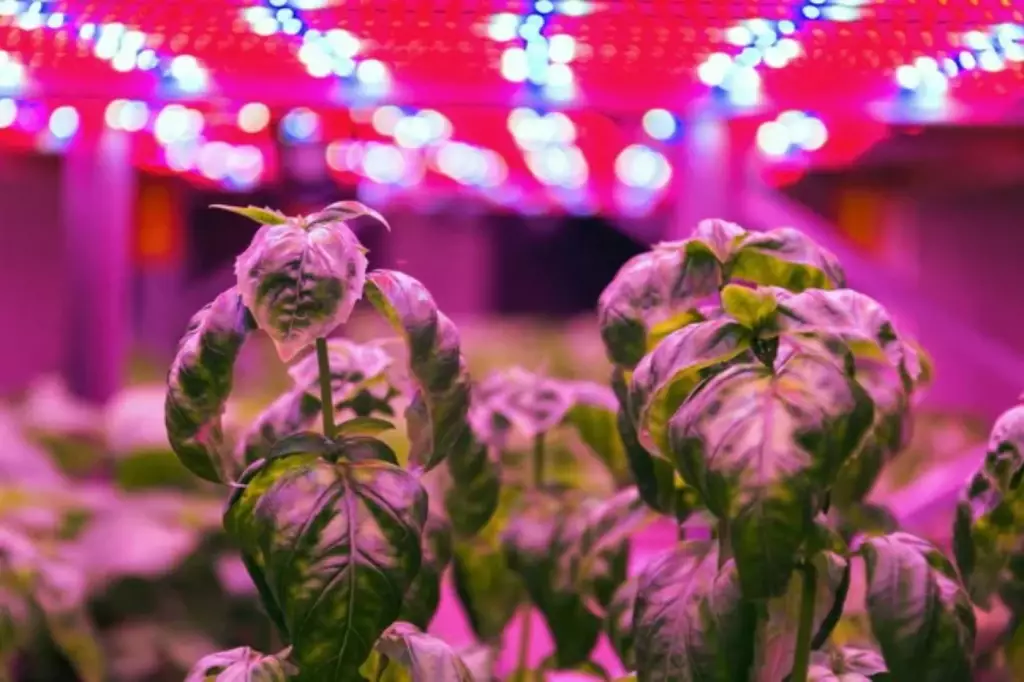
These crops, which also sell well in vegetable farming, sell greatly too, even in aquaponics. Its profitability relies on its high market demand, as it is used mostly for culinary purposes. The way that these crops can be easily harvested and grown rapidly, especially in highly nutritious aquaponics water, adds to the reason why they are profitable among any other crops.
2. A square foot of lettuce has a value of up to $16
Lettuce is one of the most common leafy green vegetables that is now prevalent in many aquaponics systems. This crop has high market demand, and the many varieties to choose from make it even more popular.
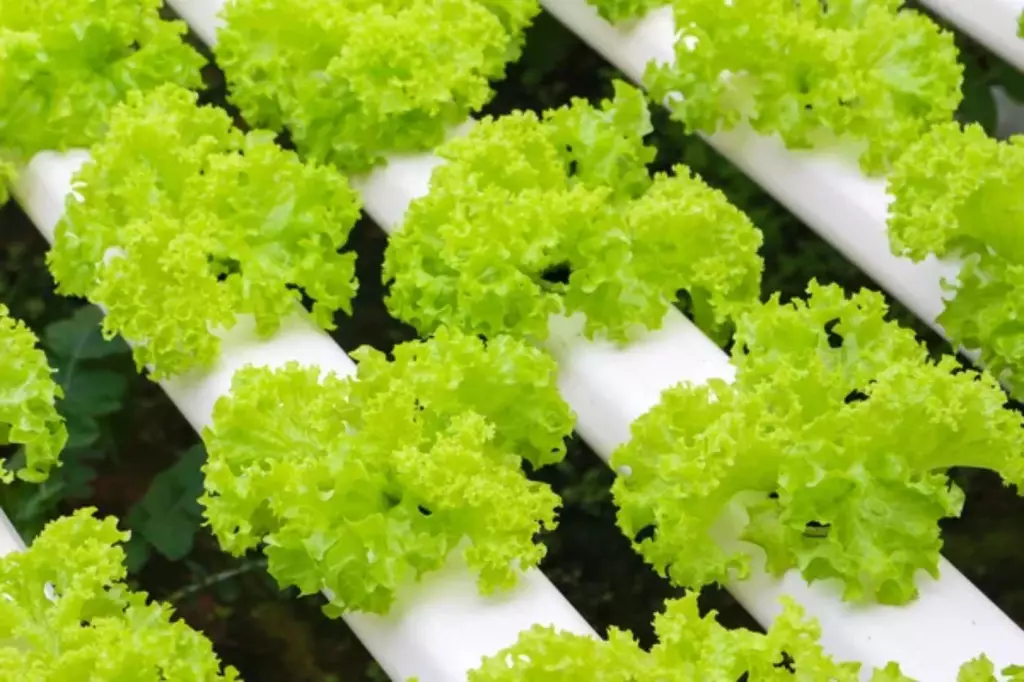
Just a square foot of aquaponics-grown lettuce already has a value of up to $16. A case consisting of 24 lettuce heads sells for $20 each. Those that produce higher-quality leaves, therefore, sell more.
What makes aquaponics-grown lettuce more profitable than soil-grown types is that soil-grown lettuce is usually substandard because of poor soil quality. This problem is resolved in an aquaponics system because the soil where lettuce is grown is replaced with a high-quality media bed that absorbs nutrient-filled water from the fish tank.
3. Arugula grows fast in aquaponics systems, making it a profitable crop
Arugula is one of the most nutrient-rich edible greens, making it the perfect ingredient for salad. This fantastic crop grows fast in aquaponics compared to soil-based farming.
In market gardens, arugula matures in about 40 days, while in aquaponics, it can be harvested in just 4 weeks (30 days). These crops are priced at a higher value than lettuce and other salad greens.
However, one drawback of large-scale cultivation of arugula in aquaponics is that the fish component usually cannot keep up with its growth. Therefore, these crops are better grown alone in hydroponics.
4. Cherry tomatoes grow twice as fast in aquaponics if ideal conditions are met
Cherry tomatoes are varieties of tomato crops that are loved for their red, bite-sized fruits. They grow very well in aquaponics, especially if they are given enough nutrients and receive enough sunlight.
To allow the full growth of this crop, you can design a support structure to help their shoots grow to a full length of up to 6 feet. This crop grows twice as quickly in an aquaponic system compared to when it is grown in soil. They produce mature fruits in as little as 4 weeks.
5. Spinach has all the characteristics of a profitable aquaponics crop
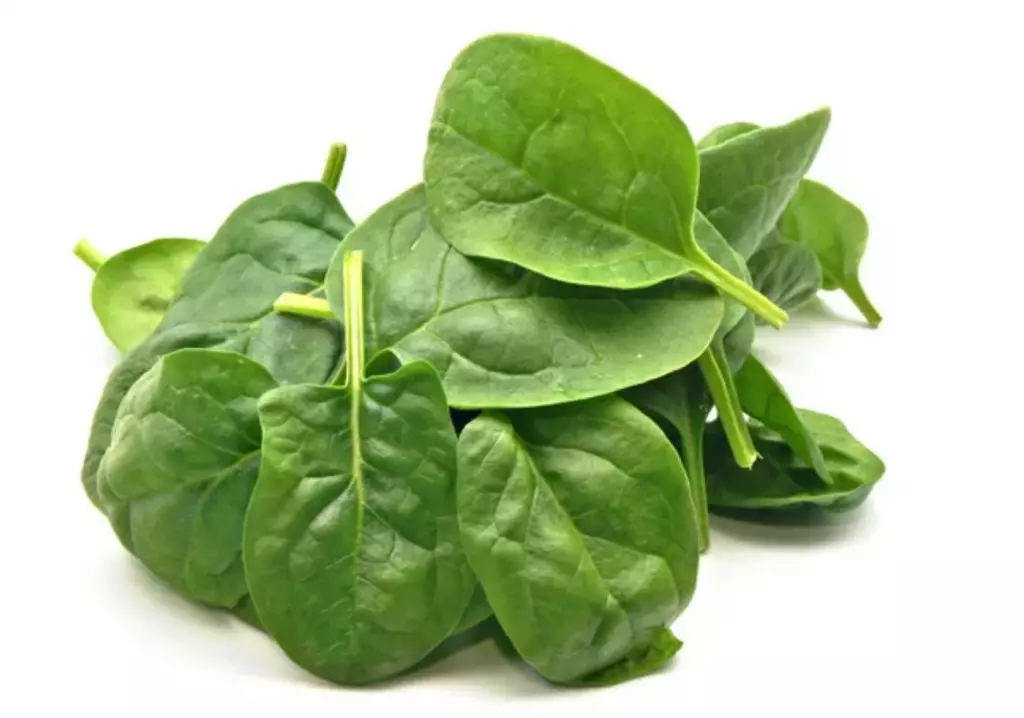
There are plenty of reasons why spinach is considered a profitable aquaponic crop:
- They are nutritious and therefore provide many health benefits.
- They are easy to manage and have minimal nutrient requirements.
- They can tolerate a wide range of growth conditions.
- They can be grown under low-light conditions and are in fact considered one of the best low-light aquaponics plants.
- They don’t require a lot of space because they only have short roots.
6. Kale is a profitable aquaponic crop capable of tolerating cold temperatures
Kale is one of the most nutritious herbs, bearing a solid flavor and a unique texture. These characteristics make up for their high market value. One bag of kale leaves sells for $4.50.
These crops are easily suited to aquaponics because they can tolerate sudden changes in temperature, even a freezing cold temperature. They grow well in water with pH levels ranging from 6.5 – 7, which is the best range for many fish types.
7. Growing watercress in aquaponics is profitable because they are low-maintenance crops
Watercress is one of the highly recommended plants to start your aquaponics journey with. They are aquatic plants which makes them well-adapted to water. They have well-developed roots which are good in assimilating nutrients.
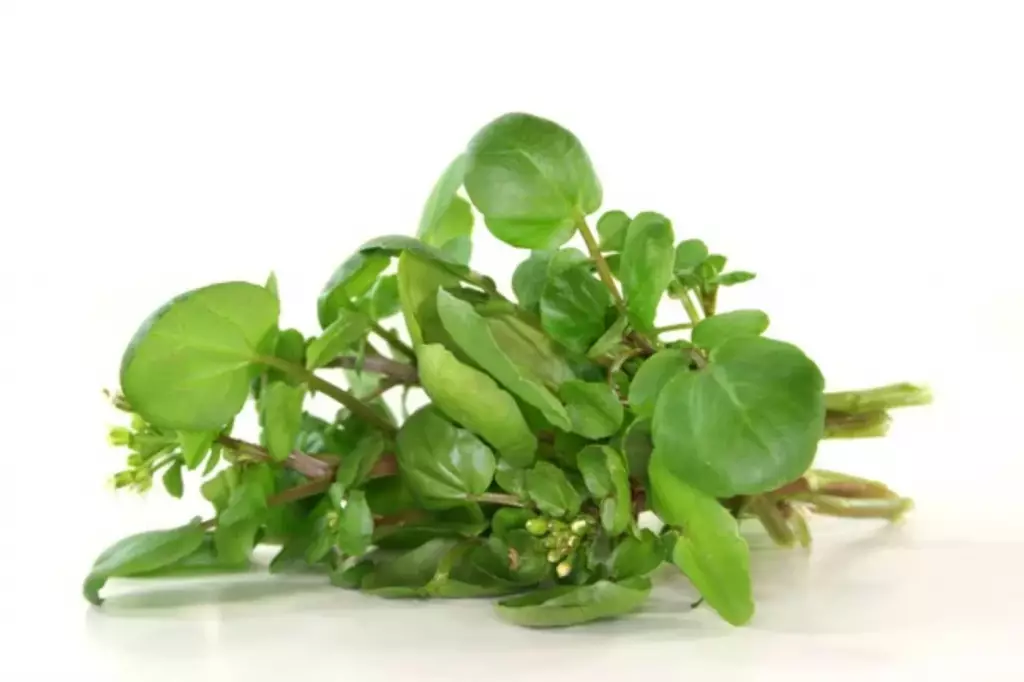
Although not exactly high priced, watercress is profitable because they are easy to care for, are low-maintenance, and can thrive solely on fish waste. They are therefore very cheap to grow. On top of this, they can be harvested within 6 – 8 weeks and produce plenty of crops within a year.
8. Chives grow well and become profitable if they receive 12 hours of sunlight a day
Chives are easy to grow in water, require minimal space, and can be harvested periodically as they are perennial plants. They are known to tolerate cold temperatures and thrive best in water with pH levels ranging from 6.1 – 6.8.
Chives don’t produce underground bulbs despite being a part of the onion family. Their leaves are their market value, and to produce fast-growing high-quality leaves, this crop must be subjected to a 12-hour sunlight exposure each day.
If the setup is indoors or located in temperate areas, setting up full-spectrum LED lights may suffice for the growth of chives.
9. Fresh leaves of cilantro can be sold for $8 per pound
Cilantros are highly valued for their fresh, citrus-like taste which compliments most dishes. Fresh leaves of cilantro can sell for $8 per pound.
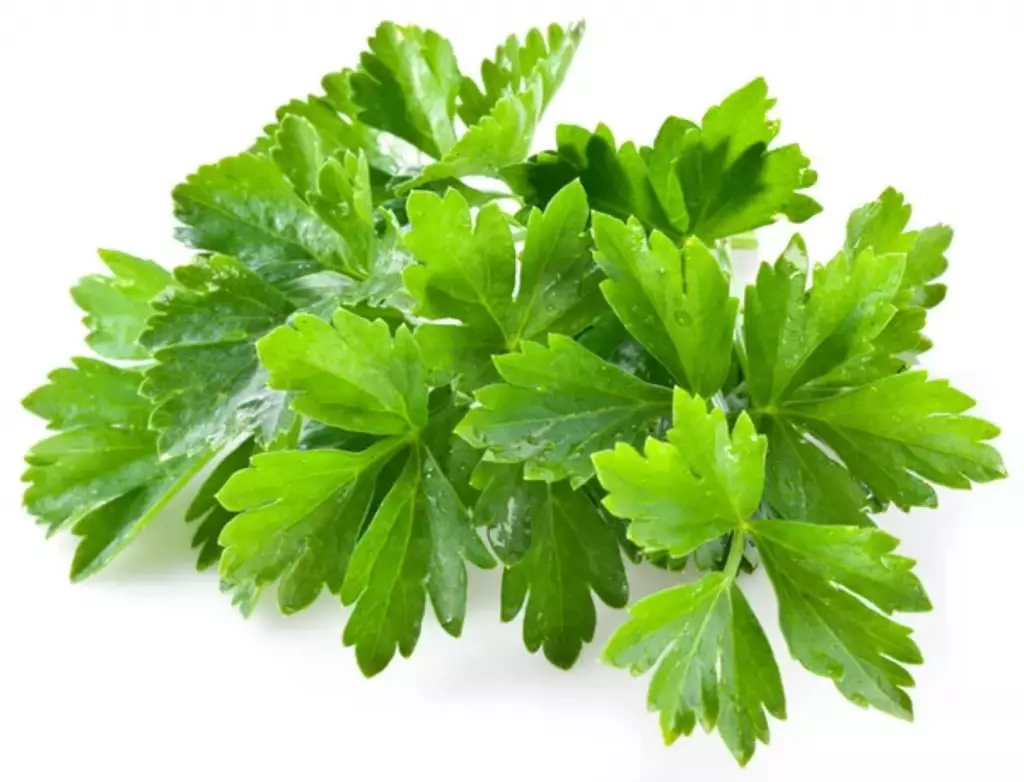
Aside from this, they thrive and proliferate better in nutrient-rich aquaponic systems and can be harvested in as little as 4 – 6 weeks. They are also pest-resistant, which makes caring for them easy even for beginners in aquaponics.
10. A pound of ginseng root can sell for $300-$850
These numbers may be overwhelming, but despite this, growing ginseng is not for the faint-hearted. This is because to reach a pound of ginseng roots, you’ll take as long as 6 years before having a harvestable and marketable size.
But the long years of waiting for ginseng to mature is worth it especially if they are sold to the right consumers. They are usually priced between $300-$850 per pound. Their high market value is attributed to the phytochemical properties of their roots which have many potential applications as herbal medicine (although not clinically proven).
Growing ginseng in aquaponics is not easy and will require experience and skills. They don’t need much space to thrive in an aquaponics setup, but they require colder temperatures of 50 degrees Fahrenheit, a slightly acidic pH of 5.5, and a little shady area.
11. Strawberry is profitable in aquaponics if given a well-designed structure to support their growth
Strawberry is an amazing plants, whether soil-grown or grown in water because they can produce heavy, succulent fruits. Apart from this, they can produce several harvests in a single season.
However, compared to soil-grown strawberry, aquaponics-grown strawberry is juicier and tastier. They also develop more quickly in this well-maintained system. One downside of strawberries is that they are not beginner friendly. They require certain experiences to have a successful harvest.
12. Cabbage is one of the easiest and most profitable aquaponics plants
Cabbage is one of the most profitable aquaponics crops because they are easy to handle. They are low-maintenance plants and do not require supplementary nutrients and regular checking.
The only requirement of this plant is 6 hours of direct sunlight exposure per day to get high-quality growth. If you aim to grow these crops massively, you should prepare a system designed to be sturdy enough to handle the weight of the heads.
13. Radishes grow fast in an aquaponics setting
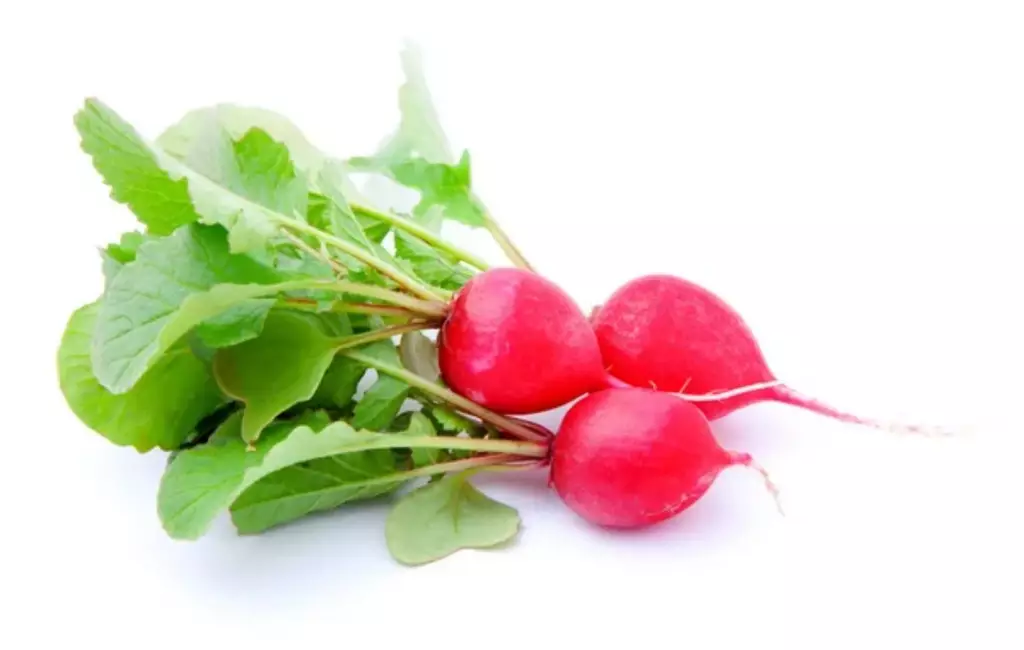
Compared to soil-grown radishes, radish grown in aquaponics develops faster and can be harvested in a month. However, to maximize profits from this crop, they have very few specific requirements such as:
- Water temperature between 50°F and 65°F
- pH level of 6 – 7
- 6-10 hours of light per day
- Supplementary nutrients
- Best fish to grow them with are tilapia or koi
- a grow bed consisting of clay and pumice
